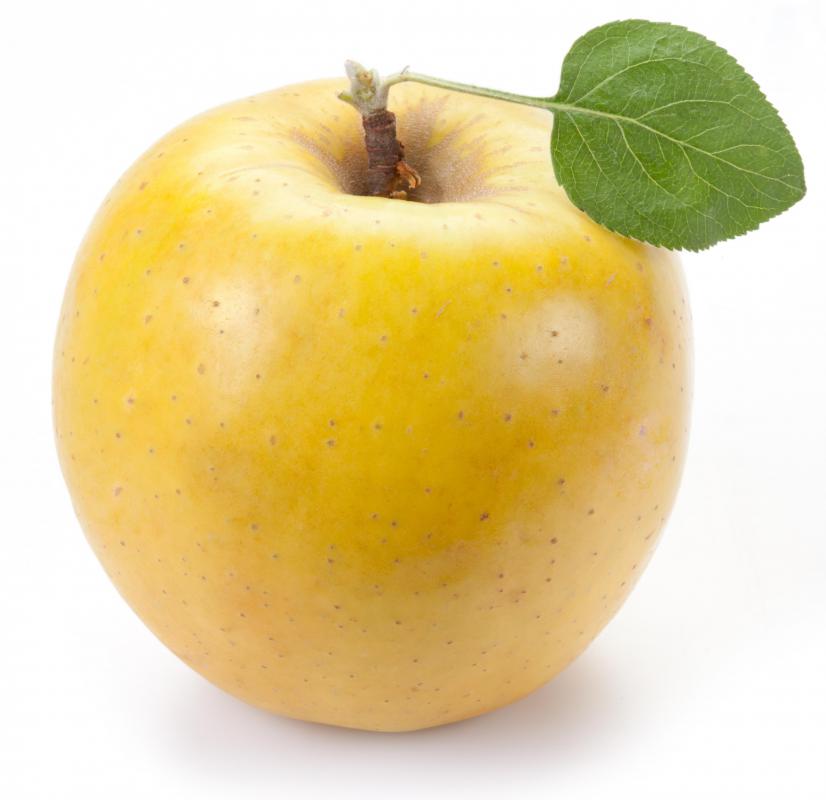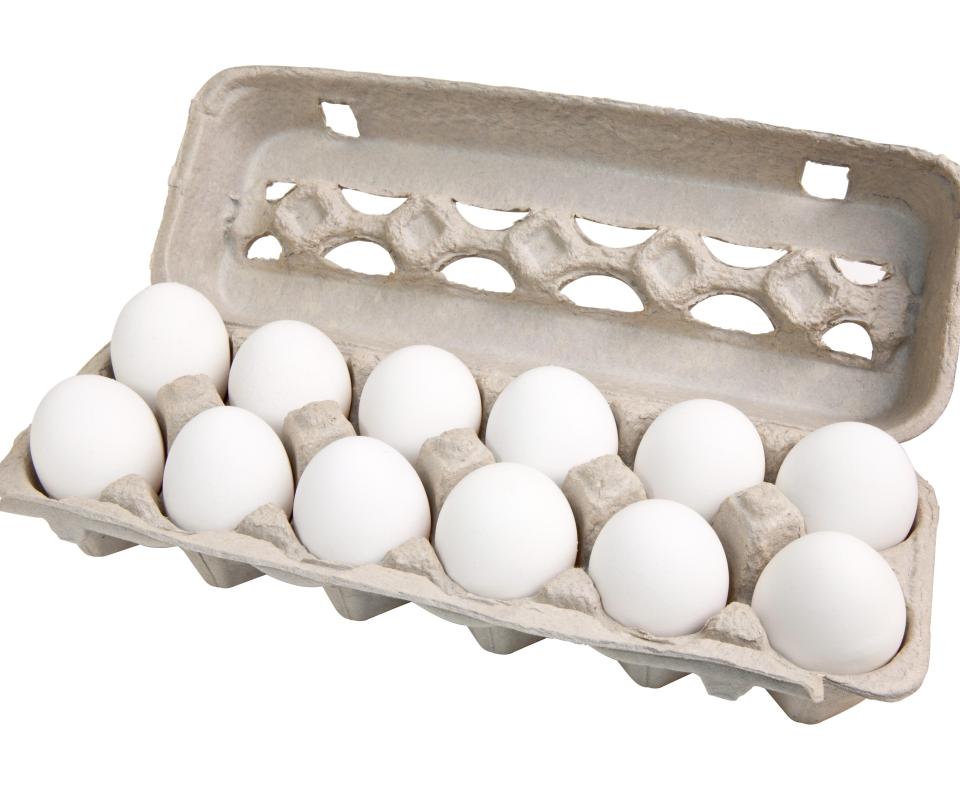At WiseGEEK, we're committed to delivering accurate, trustworthy information. Our expert-authored content is rigorously fact-checked and sourced from credible authorities. Discover how we uphold the highest standards in providing you with reliable knowledge.
How can I Color Easter Eggs Naturally?
The practice of coloring eggs at Easter is a tradition that precedes the holiday itself. Long before food coloring and commercial dyes in tablet form were available, people were using natural dyes created from foodstuffs, spices, and other plant materials to create a gorgeous and unique palette of colors for their Easter eggs. The colors obtained from natural dyes are more subtle than those produced by the commercial varieties, but they lack the chemicals present in food dye that some are sensitive to. The Easter eggs that result are truly lovely and original and sure to elicit compliments.
Unless you have purchased organic eggs for dyeing, it is likely that the eggshells were cleaned with chemicals. Therefore, it is best to dip the eggs in a vinegar-and-water bath before you begin the dyeing process. This will help ensure that the dye is taken up evenly, with no streaks or blotches. White-shelled eggs will yield the best results.
There are two basic methods for coloring Easter eggs with natural materials: the boiling method and the cold-dip method. In the boiling method, fresh raw eggs are hard-boiled in the dye mixture, resulting in a deeper, more intense color.

Instructions for boiling method: Place fresh raw eggs in a single layer in a pot large enough to accommodate them without touching. Do not crowd the pot. Fill with enough dye solution to cover eggs. Bring to a boil, then reduce heat and simmer for about 15 minutes. Carefully remove eggs from hot dye and place in a bowl of cold water to halt cooking. Refresh the cold water in the bowl periodically. When eggs have cooled, dry off well and store in the refrigerator.
The cold-dip method for coloring Easter eggs closely resembles the method used with commercial dyes. With this method, the colors are subtle and gentle, with delicate pastel and neutral tones.

Instructions for cold-dip method: Boil fresh raw eggs until hard-boiled and allow to cool completely. Pour natural dye of choice into bowl large enough to accommodate eggs without crowding. Gently lower the cooled hard-boiled eggs into the dye with a spoon. Let sit until desired shade is obtained. Eggs must be rotated while in the dye to avoid spotting and uneven take-up of the dye.

Natural dyes vary in their results, so serendipity characterizes this process. Feel free to experiment with different concentrations and combinations of naturals dyes to achieve the colors you want. To prepare a natural dye for your Easter eggs, use a nonreactive, stainless steel pot. Place the foodstuff or spice of your choice — a couple of generous handfuls of foodstuff or a couple of tablespoons of spice — in the pot. Add cool water to cover by at least 1 inch (2.5 cm). For best results, use distilled water. Chlorine and other chemicals and minerals in the water may affect the quality of the dye.

A good rule of thumb here is 1 cup (240 ml) water per cup of foodstuff. Add 2 teaspoons (10 ml) of white vinegar for each cup of water; stir gently. Bring to a boil; lower heat and simmer for 30 minutes to 1 hour. Add water to cover foodstuff if water evaporates during simmering. Carefully strain the finished hot dye through cheesecloth or a paper coffee filter to remove the dyestuff.
Here are some guidelines for foodstuffs and spices to color Easter eggs in various shades of:
- Brown—Strong black coffee (do not add additional water), chili powder, black walnut shells
- Red/pink—cranberries, frozen raspberries, red onion skins, juice from canned/pickled beets
- Orange/yellow—onion skins
- Yellow—turmeric, saffron, ground cumin, lemon peels
- Yellow/Green—Yellow Delicious apple peels, carrot tops
- Green—spinach leaves
- Blue—canned or frozen blueberries, chopped red cabbage, purple grape juice

Be creative with your Easter eggs! Crush berries and use the juice to “paint” designs on your naturally dyed Easter eggs. Use a wax birthday candle or crayon to write or draw on the egg before immersing it in the dye. That area will remain white, revealing a design that stands out against the color. Try dipping a fully dry naturally dyed Easter egg into a different-color dye, to produce a new shade. For example, dip a pink egg into blue dye for a lavender shade. If you wish, you may rub the finished dry egg with a paper towel dipped in a bit of vegetable oil to give it a soft luster.
Remember to prepare and refrigerate the hard-boiled eggs according to food-safety guidelines.

If desired, hollow, blown-out eggshells can be dyed instead of hard-boiled eggs. These decorative Easter eggs can be kept indefinitely. Since natural dyes tend to fade over time, to help preserve the colors, simply spray the finished Easter eggs with acrylic varnish and let dry.
AS FEATURED ON:
AS FEATURED ON:




















Discussion Comments
Can you imagine all of the wonderful aromas that would be exploding from your kitchen while doing this? I bet that you could really discover some great natural air deodorizers through this process too; particularly the boiled method. Lemon, coffee, raspberries and cinnamon all making your house smell good enough to eat! Not only could you have a good time using natural Easter egg coloring, but you could make your whole house smell great before the egg hunting party arrived!
What a fun idea! I really think that my kids (who are younger) would eat this up! We could use it as a thorough learning process about how people dyed their Easter eggs before there was actual dye. We could further our lesson by sniffing the foodstuff and guessing what colors each one might make our eggs in the end. Maybe a chart would be appropriate where we could track how many guesses we were right about and how many we weren’t just on target with. That would be a great way to spend an evening before Easter with the kids! What a great idea for dying Easter eggs!
Post your comments